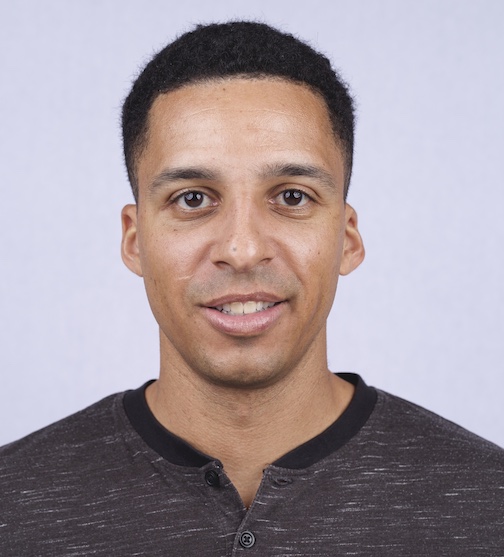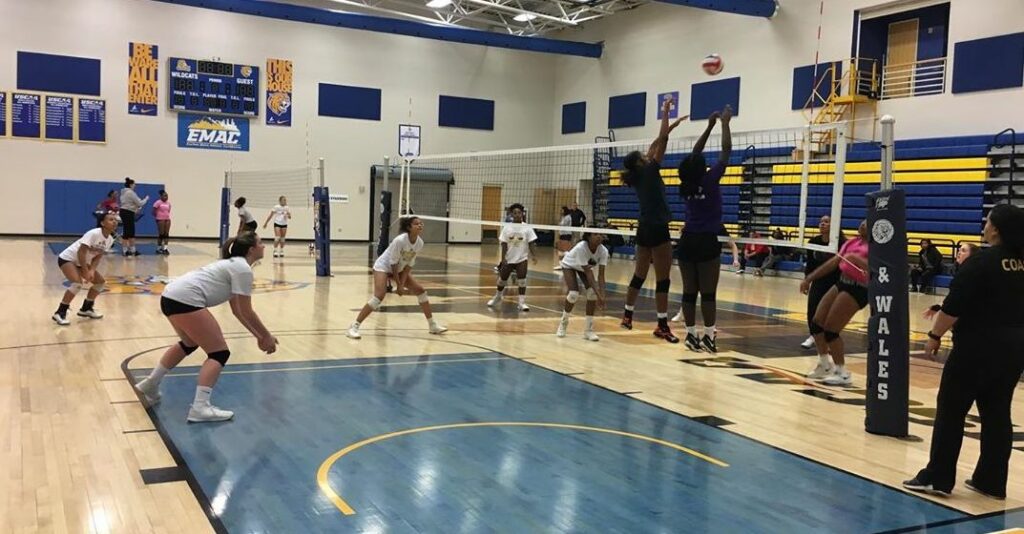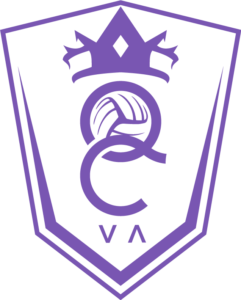
Dec. 22, 2019
I never thought I’d help start a youth volleyball club.
That’s largely because my passion largely lies with another sport: soccer. I vividly remember getting started at the age of six in Raleigh, rocking my blue Capital Area Soccer League (CASL) t-shirt and tying the shoelaces on my new bright red cleats.
Fast forward thirty years, I never forget how the game fundamentally shaped who I am today. It’s a large part of why I’m so drawn to other people, cultures and communities. When it came to being on the pitch, I had a chance to compete against people from various walks of life, and get to know them a bit. At the end of the day, we shared a similar passion for the game and the competition. That early realization planted the first seed of a deep belief I maintain today — that there is so much more that unites us than divides us.
That, of course, is one of the many great beauties of sport. It has the unique ability to connect people in ways that may not have happened otherwise. Like soccer, volleyball has vast potential to be a similarly powerful convening force around the world. The speed, intensity and energy around the game are intoxicating. It’s difficult not to be completely captivated when watching a match.
Despite the allure, access to the game remains a challenge, meaning many young people lack the opportunity to reap the numerous benefits of playing the sport.

The reality is that playing volleyball at a competitive level in the United States often requires a commitment of several thousand dollars — that’s before you account for additional expenses of uniforms, playing gear, travel, lodging and more. As a result, it’s fair to say that youth volleyball can be cost prohibitive, particularly for those families with limited financial means whose daughters could use their on-the-court talents to open up pathways to academic pursuits.
This challenge spans sports and places across the country. According to journalist Derek Thompson, “Among richer families, youth sports participation is actually rising. Among the poorest households, it’s trending down. Just 34 percent of children from families earning less than $25,000 played a team sport at least one day in 2017, versus 69 percent from homes earning more than $100,000” (The Atlantic). This is worrying for many reasons. It’s my view that society should be working to lower the barriers to entry to sport for everyone.
I was introduced to volleyball via my fiancé and her daughter, both of whom have played for years. Like many parents, we’ve invested countless hours, numerous dollars and an abundance of energy into her growth and development in the game. Frustrated by our youth volleyball experiences, time traveling between practices, games and home was often spent chatting about how subtle improvements could have a material impact on the athletes — their performance, their confidence, their togetherness.
As we started to casually socialize our concerns, we realized we weren’t alone. In some cases, other parents — and their daughters — shared a similar sense of disappointment. Some of them expected more from their significant investment; some athletes were concerned that their development (as a person and a player) had taken steps backward, not forward. The inconsistency in the experience often meant that the return on the investment was uncertain. At such a high price point, it’s difficult to stomach.
Queen City Volleyball Academy was born out of a belief that there could be a better way forward.
Our vision is rooted in delivering high-quality volleyball training to Charlotte metro youth at a lower cost with additional benefits. We care about building community among our athletes and their families. We believe it’s important that our athletes build life-long habits around well-being and conditioning. We are eager to help them grow into better volleyball players, effective leaders and active contributors in their communities.
Honestly, there were many times when we weren’t sure if we could pull it off. However, we felt responsible to find out if we could, and we were inspired by those who were willing to stand by us as we brought the organization together. We solicited an old friend to help design and build this website. Crystal initiated conversations with a few coaches who were likely to share an interest in our mission. They were in. Volleyball parents with whom we call friends expressed their excitement about the possibilities.
We started to socialize QCVA to our volleyball networks and put it on the radar of players and their parents at high school games. As time passed, you could sense there was a real interest from athletes and parents alike. The first tryout day in early November was a moment I’ll never forget. We weren’t sure if even 10 girls would show up. Over the course of the tryout period, more than 85 young women participated. The fact that they were willing to show up meant the world to us. It signaled that maybe we were on to something. Just maybe.
QCVA’s three teams — 15s, 16s and 17s — are full of talent, passion and potential. What’s more meaningful is the sense I get the more interact with them: they’re wonderful young ladies.
Their willingness to bet on QCVA drives us as the organization’s leaders to ensure that we deliver for them. But the reality is we know we’re going to make mistakes. We know every step won’t be perfect. There will be bumps in the road, and efficiency at times may not meet expectations (ours or yours). Despite that, we hold ourselves to a high standard in all that we do, grounded in a few key commitments.
Ongoing Communication
I often felt like a bystander in experiencing club volleyball as a parent. I had little to no knowledge of the leadership. There wasn’t much solicitation for parent feedback or communication that changes were being made in response to it. It often felt like interacting with a corporation. I own my role in not being more actively engaged. However, we will prioritize ongoing feedback, understanding that we’re building this organization together with our athletes, parents, coaches and supporters — not in isolation. Doing so will help us iterate quickly to best serve our athletes.
Holistic Development
Our intention is to engage the athletes in a wide variety of experiences. That includes activities like professional training around conditioning, self-defense classes, managing stress, community service, growth mindset training and more. We want our athletes gain broader exposure to the world and be better equipped for their life journeys. In addition, we will offer a series of developmental clinics for athletes who didn’t make QCVA teams, but are eager to continue their growth.
Community Building
It was easy for me to feel a bit lost as part of a club that has dozens of teams. For all the time that’s spent in gyms, it’s a shame to not be able to take much away from it. Our hope is the intimacy of a smaller club will afford us the opportunity to build relationships across teams and among parents. We’ll continue to organize moments where parents can connect in the gym and while their athletes are competing in practice.
It’s been a fascinating journey so far, complete with ups and downs like any new initiative. For QCVA athletes and parents, we’re so grateful that you have joined us. Please know that we’re motivated to not meet, but surpass your expectations. Thank you for all that you’ve done and will do to help us establish strong foundations to build from going forward!
We can’t wait until QCVA teams take the court during their first tournaments in January. In the meantime, I have visions of fast forwarding another 30 years in time with the hope that QCVA athletes will have gained as much from the game of volleyball through their experiences with our club as I did with soccer.
If you’d like to support Queen City Volleyball Academy, please contribute to our GoFundMe page. Thank you!
